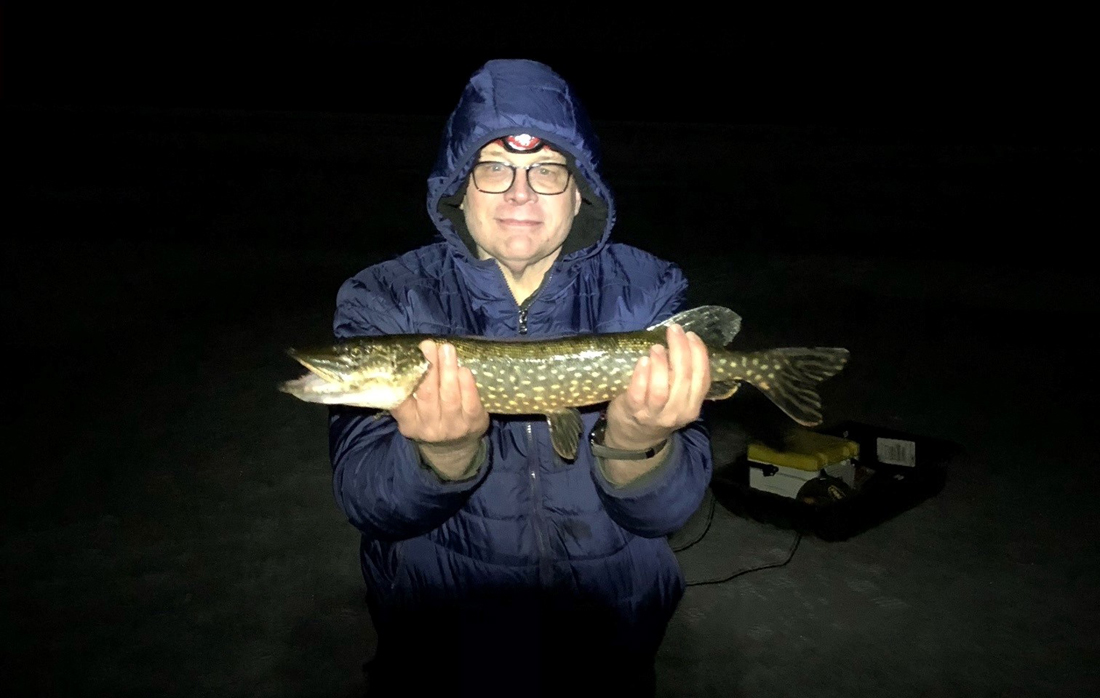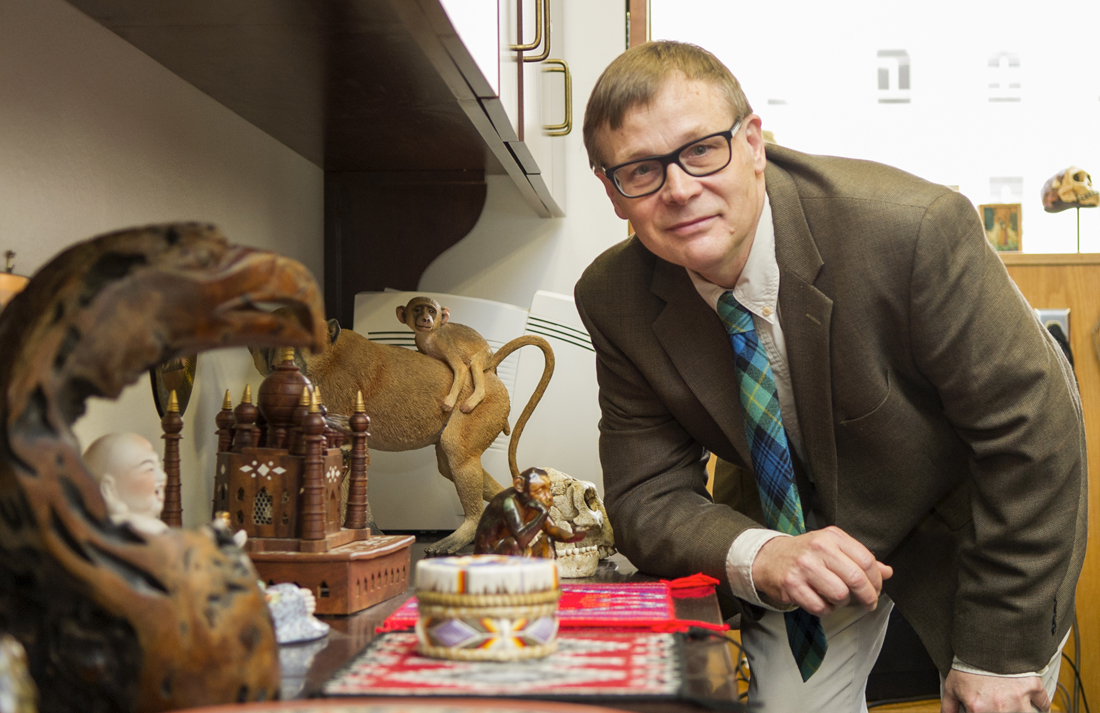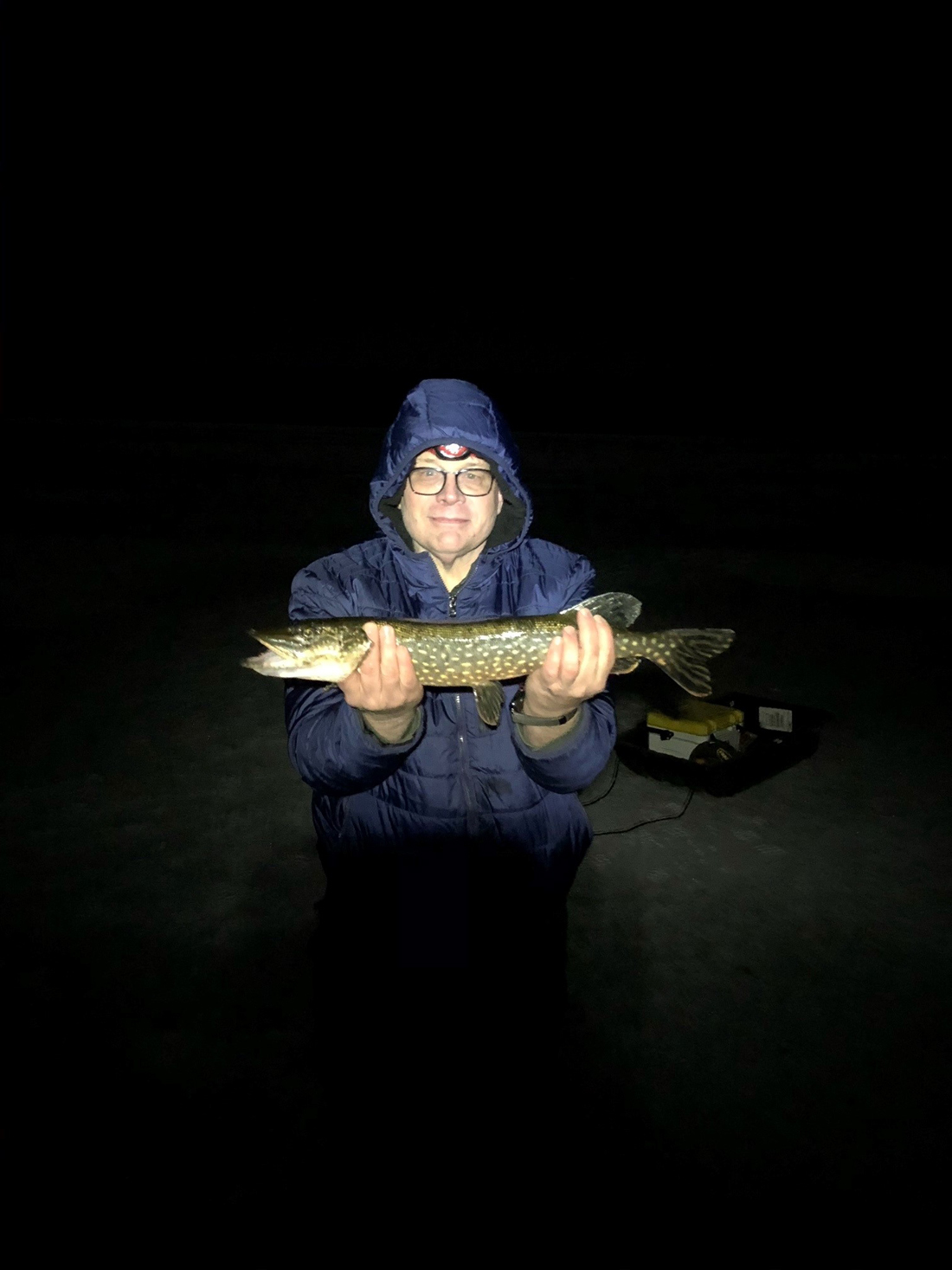‘Inspirational leader’ retires

After 35 years at Texas A&M University College of Dentistry, Dr. Paul Dechow said farewell to his role as associate dean for academic affairs and hello to retirement on Sept. 1. He will continue his research in an adjunct capacity.
This Regents Professor is known internationally in scientific circles for his work in anatomy, biological anthropology and craniofacial biology, and he has created an enduring legacy on the College of Dentistry campus as well. He was one of the primary founders of the college’s Ph.D. program in biomedical sciences, which he directed for 12 of its first 13 years. He also initiated collaborative grant-related efforts with the University of Texas Southwestern Medical School that led to development of the dental school’s evidence-based dentistry program and related curricular components.
Leadership is a highlight of his impactful career: Dechow chaired the Department of Biomedical Sciences from 2012 to 2016, when he became associate dean. In the midst of his extensive research and administrative roles, teaching has been a constant – in the biomedical sciences graduate program, gross anatomy course, evidence-based dentistry and faculty instruction. Over the course of his college career, he taught 30 different courses, he says. Dechow has been an integral part of recent efforts to revamp the College of Dentistry curriculum.
His doctoral dissertation at the University of Chicago focused on cranial function and evolution, and he says he became increasingly involved with dental research during his postdoctoral fellowship at the University of Michigan’s Center for Human Growth and Development. That Michigan connection led several postdoc graduates — Dechow included – to the College of Dentistry, reinforcing the school’s volume of expertise in craniofacial biology and connections to the International Association for Dental Research’s Craniofacial Biology Research Group.
 “I’ve developed a large circle of colleagues, some of which involve many people across American and European universities,” Dechow says. “At the school I got involved with clinical and translational projects, using techniques used in other research to look at questions in clinical dentistry, such as studies of different types of implants and bone density in the jaws.”
“I’ve developed a large circle of colleagues, some of which involve many people across American and European universities,” Dechow says. “At the school I got involved with clinical and translational projects, using techniques used in other research to look at questions in clinical dentistry, such as studies of different types of implants and bone density in the jaws.”
In national leadership roles, Dechow started the Evidence-Based Dentistry Network at the IADR, which began meeting in 2007 and was officially established in 2012, and has served on its executive committee for many years.
Those who’ve worked closely with him note his mentoring mentality and consistent support.
“Dr. Paul Dechow has been an inspirational leader here at COD,” says Dr. Lavern Holyfield, assistant dean for diversity and faculty development and clinical professor of comprehensive dentistry. “As a clinical researcher, I found him to be a patient mentor who was willing to share his research expertise with me and others who requested it.”
In college-level initiatives, she highlights his “ready acceptance of the invitation to serve as a member of the Committee on Inclusion, Diversity, Equity, and Access, helping to shape the plan for making ours a more welcoming environment.”
Holyfield also notes Dechow’s fairness and support of his direct reports, a sentiment seconded by Brittany Ramsey, senior administrative coordinator in the Office of Academic Affairs.
“His leadership ability and hard work made him the boss of a lifetime, and I am honored to have worked with him,” Ramsey says.
A previously planned retirement party was postponed in light of current COVID-19 safety precautions, though a pass-through reception in the academic affairs offices allowed college colleagues and friends to offer well wishes.
In a college-wide message the week of his retirement, Dr. Lynne Opperman, interim dean and longtime research colleague, said, “Dr. Dechow has served tirelessly through three decades, and we are deeply indebted to him for his dedication, duty and friendship. While he will be back continuing his research in an adjunct capacity, we will miss him in our everyday activities and interactions.”
What’s up next?
Numerous projects await Dechow in northern Michigan, where his great-great-grandfather homesteaded one of the first farms in the Port Oneida Rural Historic District in the 1850s. Dechow’s great-grandfather also homesteaded a nearby property when he returned from the Civil War in 1865. The historic district includes multiple farms that belonged to various great-aunts and uncles and their descendents before becoming part of the Sleeping Bear Dunes National Lakeshore around 1971, he says.
Dechow’s collection of genealogical and historical information about the region includes stories and thousands of photos. He has already assembled several volumes but says he previously was too busy to accept invitations to speak to area preservation groups.
“The history of that pioneer generation and the generation or two following them represents that part of the American experience in the Upper Midwest,” Dechow says. “I’ve promised a lot of people I would write all of this up.”
In terms of daily activities, it’s a 135-acre farm established by his great-great-uncle around 1870 that will keep Dechow highly occupied.
One side of the Dechow property borders the Sleeping Bear Dunes National Lakeshore, and the other borders the Leelanau Conservancy, a forested animal habitat. The Dechows have protected most of their property with a conservation easement; its 5 acres reserved for development consume much time.
“We’ve developed a farm, a mill, built two barns, have put in a large garden, built a greenhouse and a shed. That’s all coming along,” he says.
Conservation is a priority. One 10-acre field has already been planted as a food plot for animals; another field that is planted with rye attracted two cranes to visit all summer. Dechow is contemplating uses for an additional 10-acre segment.

“There’s no end to the stuff I can do around there,” he says, referencing his interest in nature, woodworking, agriculture, and family and local history. “It’s truly a beautiful place.”
Travel is part of Dechow’s plans, too, from a couple weeks at a New York City timeshare for Thanksgiving and April 2022 to a road trip with almost-10-year-old grandson Clarke to Big Bend National Park next March in a 14-foot clamshell trailer.
Dechow has planned a trip to the Czech Republic next April, as well, with his wife, Dr. Joanne Blum, an oncologist who specializes in breast cancer.
A late January visit to Michigan will accommodate some ice fishing on the lake next to his house. He’s hoping to repeat his exhilarating pike catch of last year.